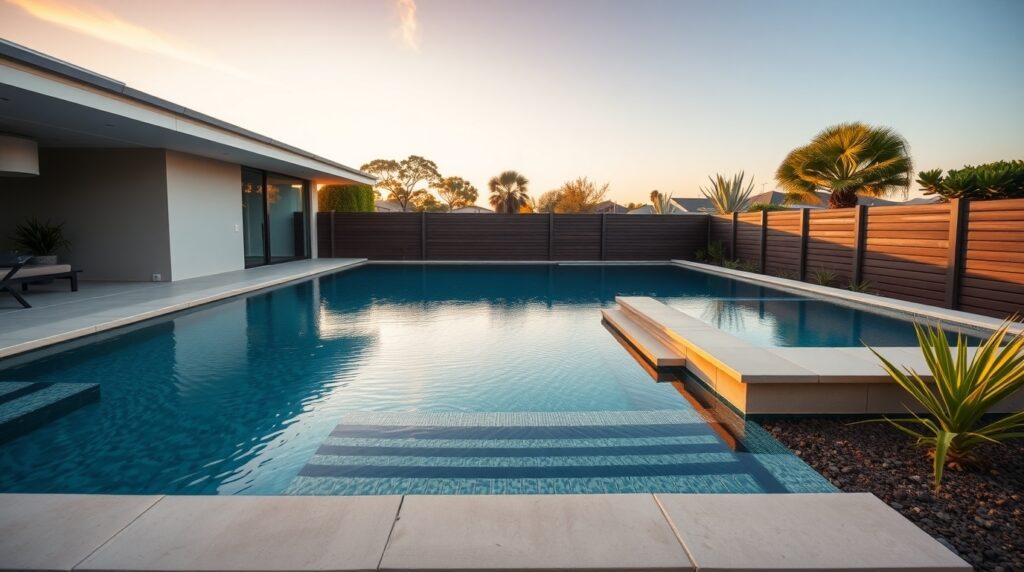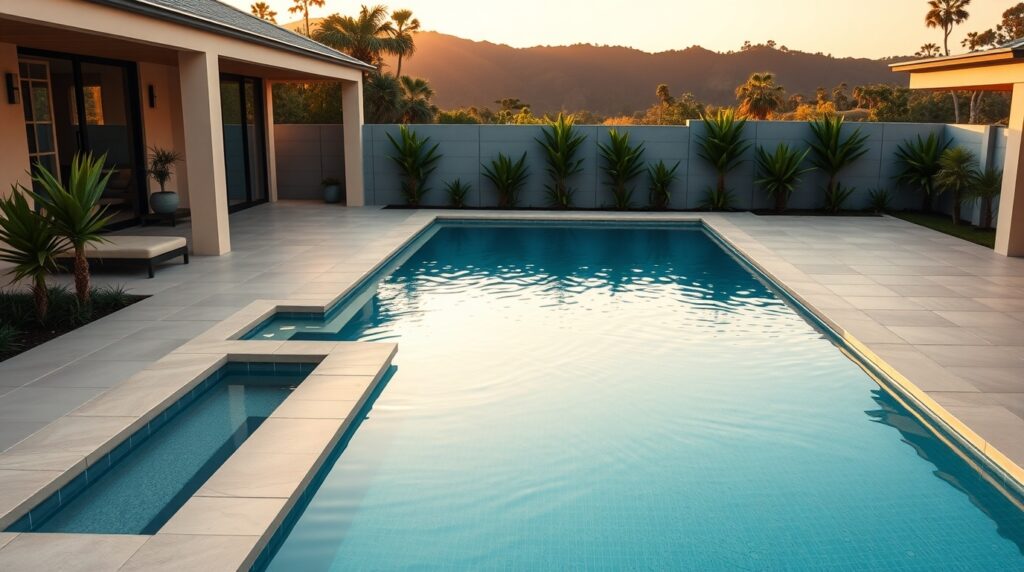Building a pool in Melbourne means working with a wide range of soil types and unique climate conditions that can shape both the design and the cost of a project. From suburb to suburb, the ground beneath a property and the local weather patterns tell a different story — one that directly affects feasibility, engineering needs, and overall budget. In fact, these physical challenges are the primary reason that detailed pool construction regulations in Melbourne exist, to ensure every structure is safe and durable.
This page explores what truly changes across Melbourne’s regions and how smart planning for soil and climate factors leads to more successful, cost-effective pool builds.
Melbourne’s Soil Types: What Builders Must Know
Understanding Melbourne’s varied soil types is critical for planning a safe, durable, and cost-effective pool build. Each area presents distinct challenges that require tailored engineering solutions.
Reactive clay in Glen Iris and eastern suburbs
In Glen Iris and many eastern suburbs, reactive clay soils are common. These soils expand and contract significantly with moisture changes, increasing the risk of pool shell movement or cracking. Builders often need to use specialised footings or flexible plumbing to protect the structure over time. These ground conditions also make the choice between a fibreglass or concrete pool particularly important, as each material responds differently to soil movement.
Sandy soils in Brighton and bayside areas
Brighton and Melbourne’s bayside suburbs sit on sandy soils, which drain well but offer limited natural support for heavy structures. Pools in these areas frequently require reinforced bases or concrete piers to ensure stability, adding to project complexity and cost.
Reactive clay in Glen Iris and eastern suburbs
In northern suburbs like Eltham, rock layers beneath the surface can complicate excavation. Pool builders may need to bring in heavy-duty machinery or adjust designs to minimise costly rock breaking and removal.
Site Stability and Engineering Requirements
Before building a pool in Melbourne, site stability must be assessed to determine what engineering measures are needed for a safe and lasting installation.

Soil tests: when they’re mandatory
Soil tests are essential on sites with suspected instability — such as areas with reactive clay, sandy foundations, or sloped terrain. These tests identify the bearing capacity of the soil and any risks requiring reinforcement. Many Melbourne councils require soil reports as part of the pool permit application. For official guidelines on site classification, see Victorian Building Authority – Site Classification Guidelines.
Reinforcement strategies for unstable terrain
When soil tests reveal weaknesses, builders may recommend strategies such as concrete piers, thicker bases, or retaining structures. These solutions prevent future movement and protect the pool shell and surrounding landscape, though they do add to project cost and timeline.
The Impact of Melbourne’s Climate on Pool Construction
Melbourne’s climate brings unpredictable weather patterns that can affect every stage of a pool build. Prolonged winter rains often saturate the ground, delaying excavation and creating difficult working conditions for heavy machinery. In contrast, sudden summer storms can interrupt site works or damage partially completed structures.
Hot, dry periods pose their own challenges, particularly during concrete pours. Extreme heat can accelerate curing times, increasing the risk of cracks or weakened structures if not carefully managed. Successful projects rely on builders who can adapt to Melbourne’s changing weather to protect quality and stay on schedule.
Local Zones That Require Special Attention
Certain Melbourne suburbs present unique site risks that require extra planning and investment when building a pool.
Flood-prone suburbs and drainage risks
Low-lying areas and flood-prone suburbs need careful drainage design to prevent water pooling around the pool structure. Builders may need to install additional sub-surface drainage or raise the pool elevation, adding to engineering complexity and cost.
Heritage overlays and soil disturbance limitations
In heritage overlay zones, there are strict rules around soil disturbance, especially near protected structures or gardens. This can limit excavation options and require detailed planning submissions, increasing both timeframes and consultant fees.
How Soil and Weather Influence Project Costs and Timelines
Soil conditions and local climate play a major role in determining the final cost and timeline of a pool project in Melbourne.

Examples of added costs for stabilization
When soil tests reveal instability — such as reactive clay movement or sandy ground lacking support — builders often need to install piers, thicker slabs, or drainage systems. These measures can add thousands of dollars to the budget, depending on the site’s complexity.
Permitting slowdowns related to local soil reports
In suburbs where soil reports flag high-risk conditions, councils may require additional engineering documentation before granting approvals. This can extend the permitting process by several weeks, delaying the start of construction and impacting overall project timelines.
In Melbourne, no two pool sites are alike — the soil under your feet tells a different story depending on where you build. A successful pool project relies on both the expertise of a skilled builder and a detailed understanding of local ground conditions and seasonal weather.
By accounting for these factors from the start, homeowners can avoid hidden costs, prevent delays, and ensure their pool stands the test of time. For technical guidance on site classifications that affect your pool project, see Victorian Building Authority – Site Classification Guidelines.
